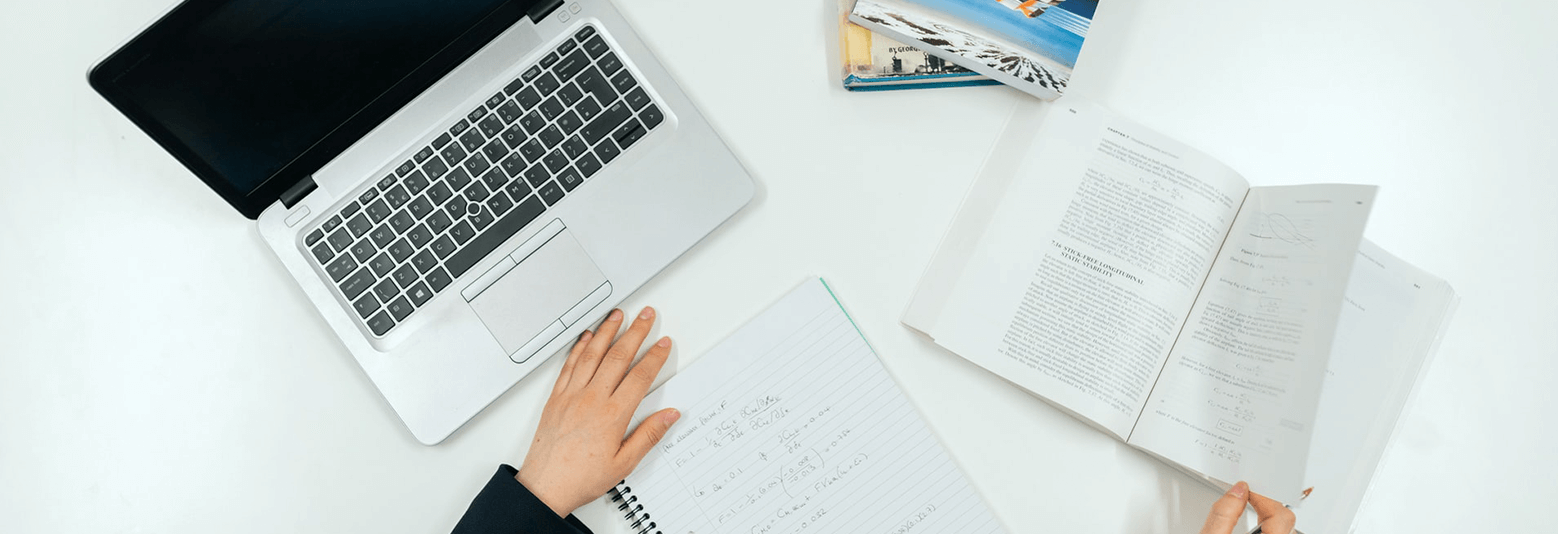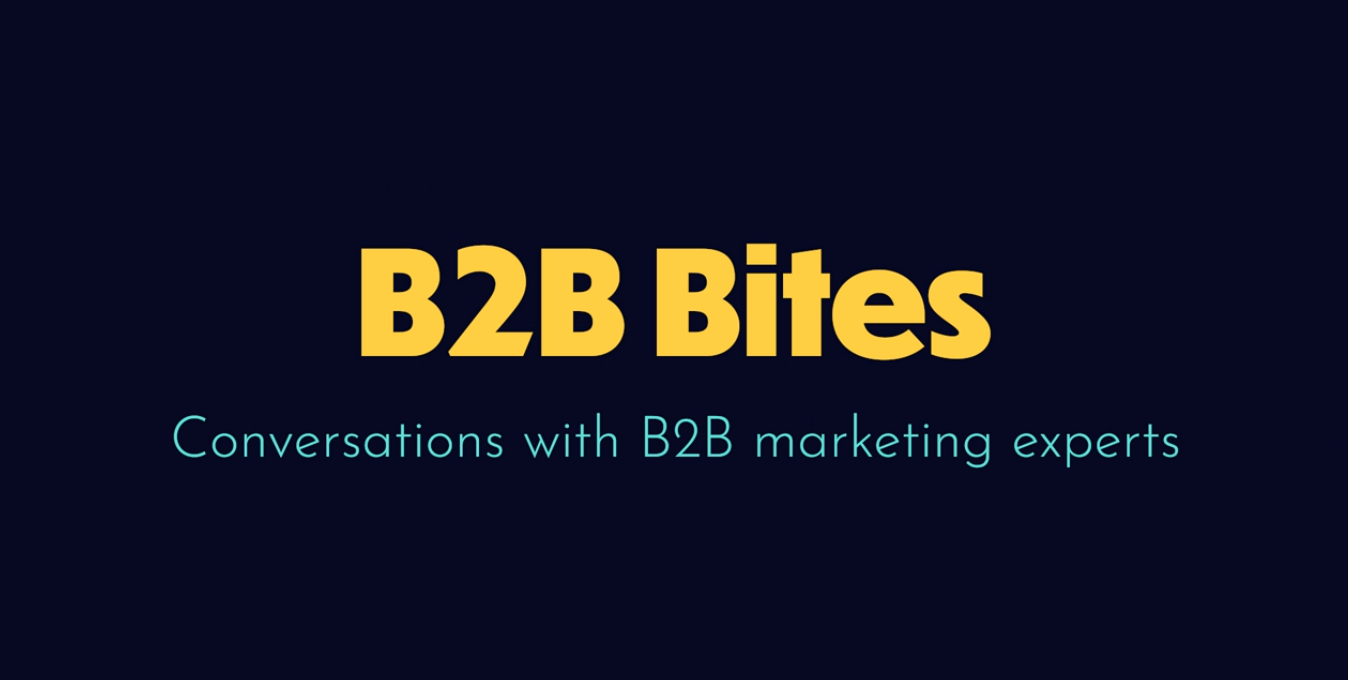We just don’t have the time these days. It’s a common complaint. It could apply to virtually anything; from socialising and hobbies, to putting out the bins or getting through your inbox overflow. We certainly don’t have time to read anymore, I’m told. So is long copy dead in B2B content marketing? [TL;DL] “No.” If you can spare 7 mins, read on and I'll explain why...
Don't blame twitter
We live in a world of decreasing attention spans. We can blame texts, tweets, Insta-anythings, or any number of other digital channels, but the truth dates back to the good old analogue days.
I grew up in the 80s where a fragmenting media landscape heralded the MTV generation of quick soundbites and visual overloads. “Video killed the radio star,” they sang.
Even the Voyager spacecraft which was launched in 1977 to boldly go where no man has gone before (it’s currently billions of light years away, accelerating into Interstellar space) carries with it short phonograph recordings of human voices - the kind of bite-sized, snappy greetings you might read on Twitter these days.
Impatience trends beyond the Milky Way apparently.
The digital era, and social media in particular, has just quickened the pace and shortened the soundbites. Additionally, and thanks to speedier broadband and wifi these days, video content is on the rise across social media channels. Multimedia content also performs well on search results.
You may well wonder if there is a place for long copy in marketing these days.
Benefits of long form content for B2B content writers
There’s no denying that it’s a good idea to produce content across a range of formats. The key word here is ‘range’. Don’t go all in on one and exclude the others. Especially not at the expense long form articles, when there are lots of benefits unique to long shelf life, long form articles for B2B marketers.
From backlinks garnered over time raising the contextual domain authority of your entire website, through to search engine results for targeted keywords on Google searches. There’s method to the madness.
[Related reading: B2B Content Outreach: How to earn backlinks]
Storytelling in B2B writing
Perhaps the best aspect to long form content is the ability to connect on a human interest level. We all love a good story and books and novels have an unrivalled ability to evoke emotions and the imagination. Content writers can learn plenty from the literary greats.
[Related reading: Lessons in Content Marketing by James Joyce]
Well constructed, engaging, relevant and insightful articles are always appreciated. Throw light on a subject, or a different perspective, and people will listen. Before you know it, and without the need for the hard sell, you have prospects researching you.
Long form, engaging, content communicates a positive gut feeling as much as a practical benefit. SEO guru, Neil Patel, recommends articles over 3,000+ words. Here is his data driven argument. Personally I’m sceptical of those kinds of specific word count targets. For me, the reason well-researched and well-constructed 3000+ word articles perform well is because they are well-researched and well-constructed….not because they are over 3000 words.
Tips for writing long form B2B content
But let’s be clear about one thing - Long form doesn’t mean long winded. There’s no rush but you don’t want to waste time either. Aim to write as you speak. Don’t go so far as to take this literally of course but within reason. Use the language of the industry, but avoid the cliches or excessive jargon. Earn respect with thoughtful insights. Don’t meander for the sake of a word count. Don’t fluff about or ramble on; get to the point.
Ignore the advice of stuffy english school teachers
Forget about your English class when you were in school. Your personas don’t want to hear about symbolism or why their life’s story arc reflects a Shakespearean tragedy. So cut out the pedantic tone, the corporate distance, the jargon and the fluff. Get to the point, in friendly, conversational English.
When you get conversational in tone, remember that spoken English doesn’t always obey all the rules of grammar. But you need to know the rules before you break them. It needs to be a conscious decision, not a typo. So for example, if you want to start a sentence with the word ‘and’, then go for it, regardless of what your old school teachers told you. It helps keep sentences short. And that’s a good thing.
Visualise a conversation
Some content writers picture a one to one conversation with a representative of their target audience on the other side of the table. This helps personalise your messaging. You’re no longer talking to a demographic, you’re talking to a person. So set the scene… picture yourself somewhere comfortable. I’m around the corner from the Long Hall pub in Dublin, so that’s usually where my mind goes. [My body follows on a Friday.]
As my imaginary pint settles, I get into my stride. I’m comfortable with the conversation, the surroundings and the company. If this helps you avoid making bland, sweeping generalisations and instead focuses your mind on specific, personable, insightful advice, then go for it.
I'm a monster. Don't look at me!
There is a problem inherent in longform articles. Open a book of compact small print, or a web page dominated with text and you can almost feel your anxiety raising. It’s screams ‘shut up and concentrate’. It’s not a good first impression. The trick is to space it out, let it breathe a little. Break up the paragraphs. Use short sentences, bullet points, active sentence structures, section breaker headlers etc. Above all, just make your point and move on.
When long enough is just enough
This particular article is clocking up at around 1000 words. That’s still well short of Patel’s recommended 3000+ word counts, but when you’ve said everything that you need to say, everything else is fluff. If you're looking for more tips for your content creation, then look no further than the B2B Content Masterclass below.









